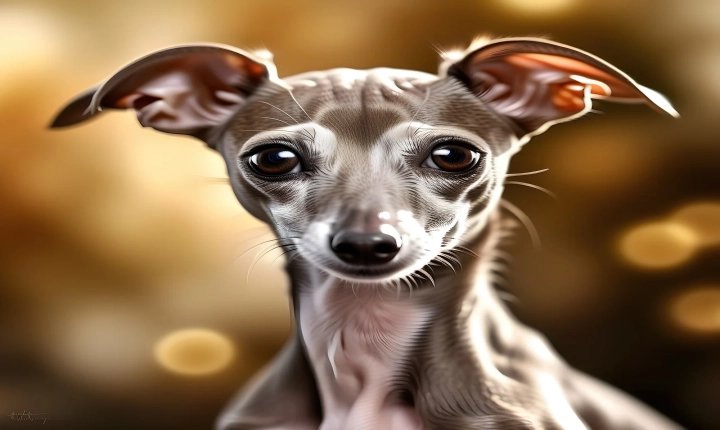Copyright laws have long been in place to protect the creative works of individuals, but with the rise of artificial intelligence (AI) and its capabilities to generate original content, the question of how copyright applies to AI-generated works has become a topic of significance. As AI continues to play a larger role in the creation of art, music, literature, and other creative fields, it is essential to understand the implications of copyright in this evolving landscape.
At the heart of the issue is the question of authorship. Under traditional copyright law, the creator of a work holds the copyright and the exclusive right to reproduce, distribute, and profit from that work. However, when an AI generates a piece of content autonomously, it raises the question of who should be considered the author and how the rights to that work should be allocated.
In the United States, copyright law explicitly states that works created by a non-human entity, such as AI, are not eligible for copyright protection. This means that AI-generated works are considered to be in the public domain and can be freely used by anyone without the need for permission or payment. Similarly, the European Union’s copyright law also does not recognize AI as authors of works. This approach represents a fundamental stance that only humans can be considered authors and beneficiaries of copyright protection.
However, some argue that this approach fails to acknowledge the significant contribution of the programmers, developers, and trainers who have played a critical role in facilitating the AI’s creative output. These individuals have invested time, resources, and labor into developing the AI system, and therefore, they should be recognized for their contribution to the creation of AI-generated works.
In response to these challenges, some legal experts have advocated for a reevaluation of copyright law to better accommodate AI-generated works. One proposal is to extend copyright protection to AI-generated content when there is human involvement in the creative process. This human involvement could be in the form of designing the AI system, providing input or direction to the AI, or curating and refining the output generated by the AI. This approach would recognize the role of human creators and provide a framework for the allocation of copyright ownership and royalties for AI-generated works.
Another suggestion is to create a new category of intellectual property rights specifically tailored to AI-generated works. This would entail establishing a system of protection and compensation for AI-generated content that is distinct from traditional copyright law. Such a system would take into account the unique nature of AI creativity and the collaborative efforts between humans and machines in the creative process.
Furthermore, there are ethical considerations related to the use of AI-generated content, particularly in cases where the AI produces work that resembles or imitates the style of a human creator. Establishing clear guidelines for the use and attribution of AI-generated works can help mitigate potential disputes and ensure that the rights of all involved parties are respected.
As the development and application of AI technologies continue to advance, policymakers, legal experts, and industry stakeholders must grapple with these complex issues to ensure that copyright law remains relevant and effective in the digital age. Addressing the challenges posed by AI-generated works requires a careful balancing of the interests of creators, programmers, and the public, while also fostering innovation and creativity in the rapidly evolving landscape of artificial intelligence. It is essential to engage in thoughtful and inclusive dialogue to develop legal frameworks that appropriately recognize and protect the diverse contributions to AI-generated content, while also promoting the responsible and ethical use of this emerging technology.
